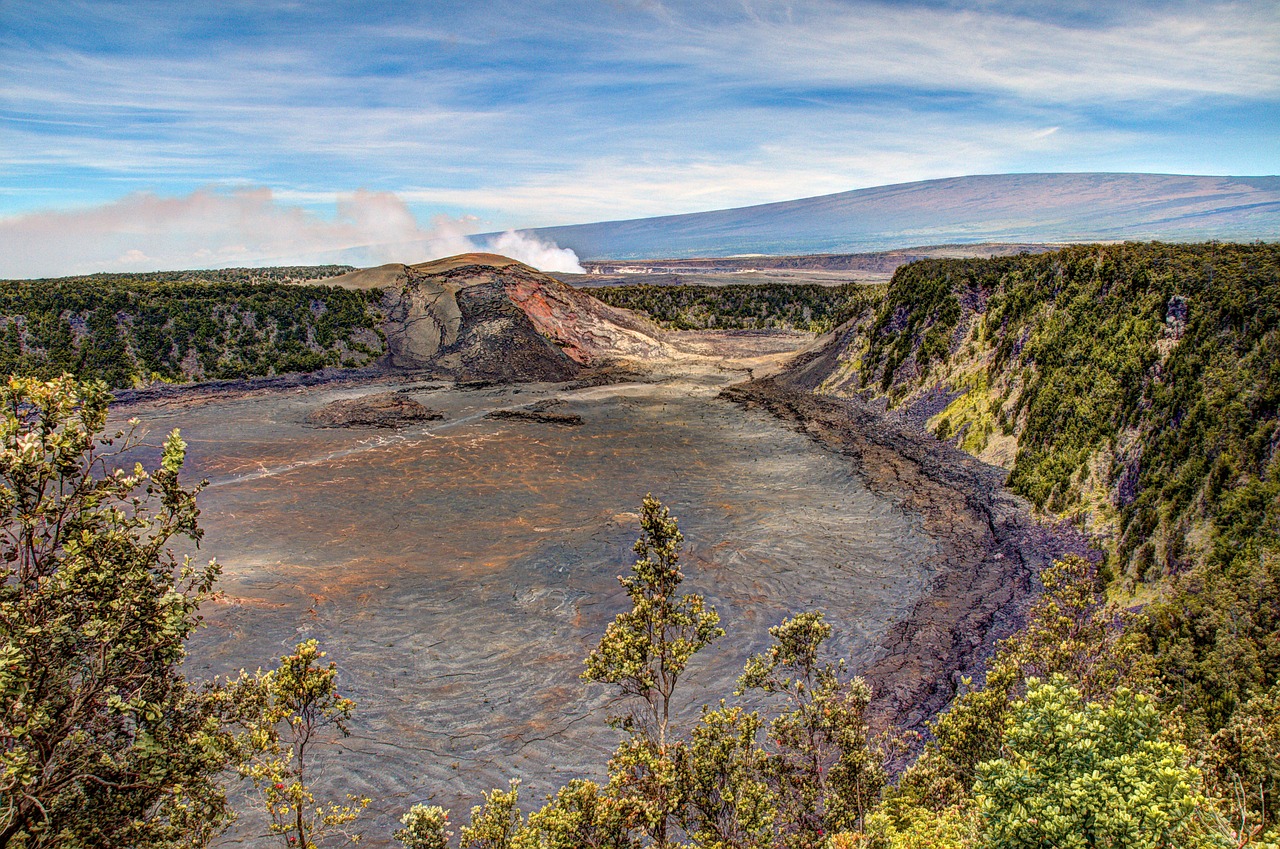Long before the Islands of Hawaii became a top tourist destination, these lush oases were inhabited by Native Hawaiians. Although the exact date is unknown, these original inhabitants reached Hawaii from Polynesia by following the stars and birds via outrigger canoe. Each island became its own separate kingdom ruled by ali’i, or chiefs. While today the Islands are comprised of approximately 10 percent Native Hawaiians, the culture still permeates much of society. And with nearly 40% of the population being people with Asian origin, Hawaii has become a unique melting pot of cultures, forming a complex Oahu history.
Oahu was first spotted by western explorers in 1778 on Captain James Cook’s third Pacific expedition, and the first landing occurred in 1779 by Captain Clerke. Following this landing, an influx of whaling ships and missionaries had a drastic impact on the lives of Native Hawaiians. Hawaii continued to be reigned by monarchy until 1893, when Queen Liliuokalani was imprisoned in her palace, marking the end of the Hawaiian Monarchy and the beginning of annexation. ʻIolani Palace, the final royal residence of Hawaii’s rulers during its monarch days, can still be visited today in Honolulu, Oahu. It wasn’t until 1959 that Hawaii became the 50th state of the United States of America.
Sugar plantations became a major industry in the Hawaiian Islands in the 1800s, which brought in an influx of immigrants from China, Japan, Korea, the Philippines, and Puerto Rico to work on the plantations. The sugar industry played a large part in Hawaii’s economy until recent years, when the final plantation closed in 2016.
Though tourism began on the Big Island with the draw of the Kilauea Volcano, it quickly spread to Oahu soon after in the early 1900s with tourists arriving via steamships from California to the beaches of Waikiki. The arrival of jet liners in 1959 began the true tourism boom of Hawaii as we know it today.
Today, Oahu is well known for the historic site of Pearl Harbor, the location of the Japanese bombing that entered the United States into World War II. The beaches of Waikiki are still a top draw, both for the beauty of its beaches and the cosmopolitan vibe of the businesses and hotels along the oceanfront streets. Oahu’s North Shore is also famed for its big wave surfing, which brings in pro surfers worldwide during winter swells. With approximately 75% of the state’s population living on Oahu, this welcoming island has become dubbed The Gathering Place.
Offering a rich Oahu history, melting pot of cultures, and world class beaches, the Island of Oahu remains a special place to visit to this day. Check out our Hawaii vacation rentals in Oahu and come see for yourself!




